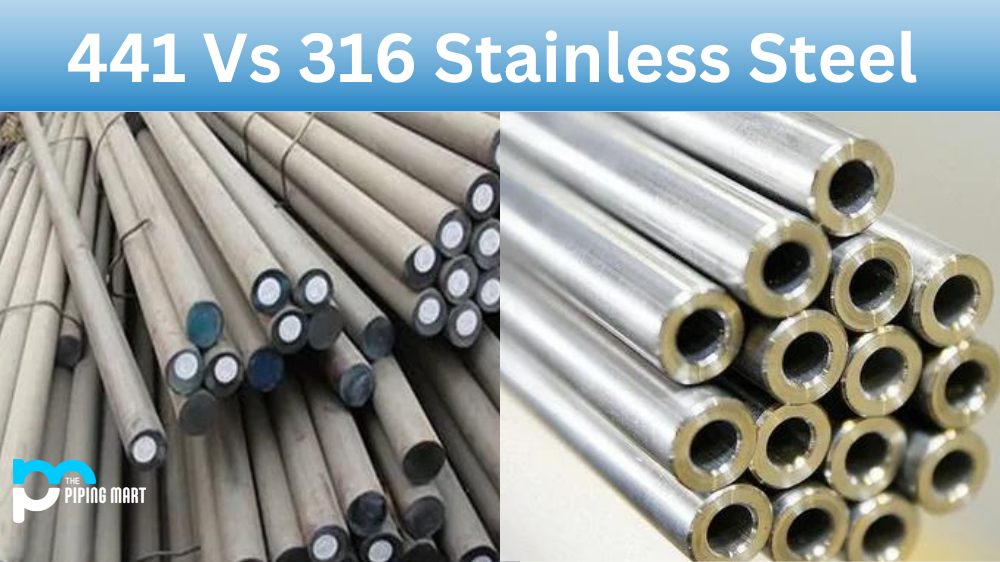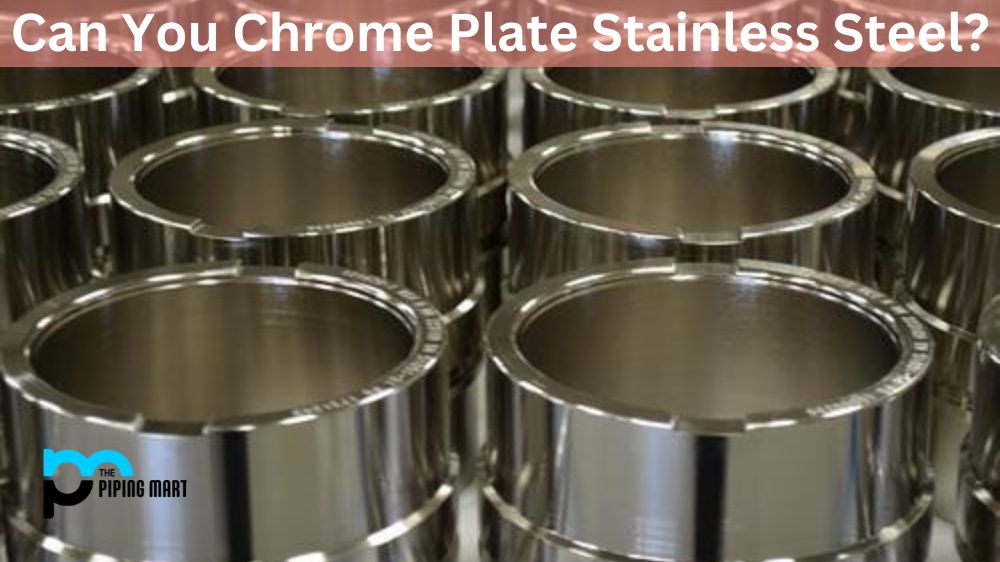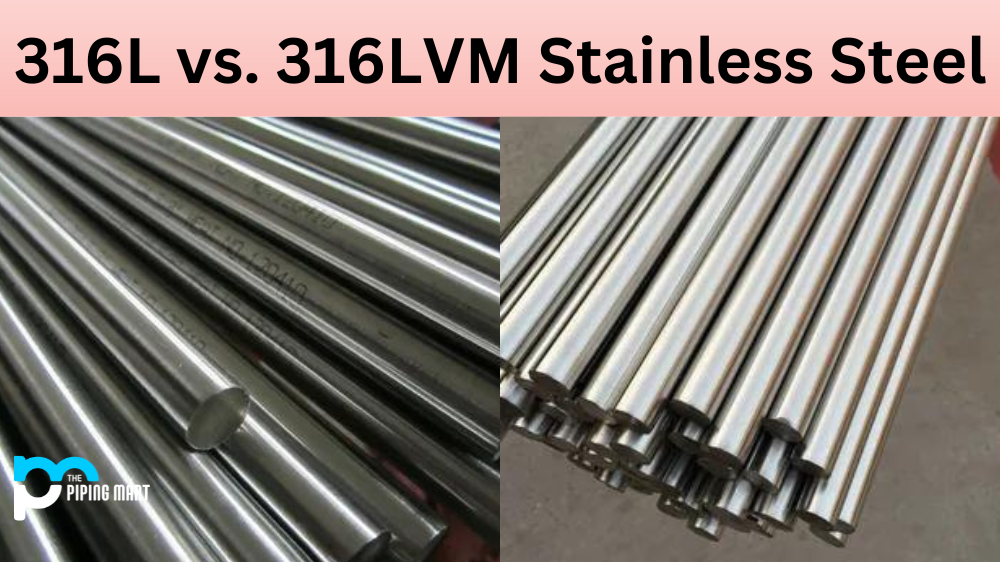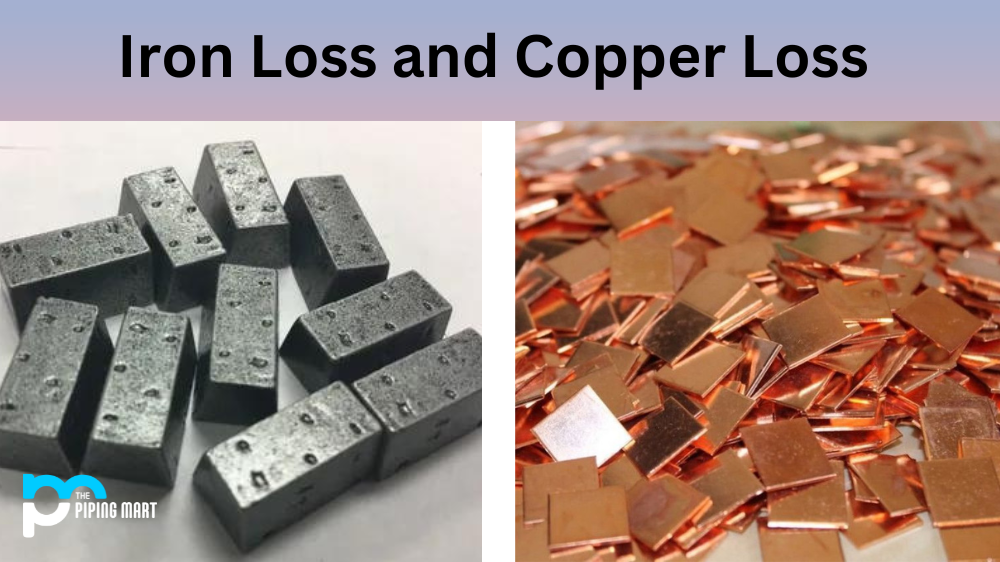Are you looking for the right type of stainless steel for your project? With so many options available, knowing which type is best can be hard. In this blog post, we’ll compare two popular types—441 and 316 stainless steel—to help you make an informed decision.
441 Stainless Steel.
441 stainless steel is a ferritic grade with 18% chromium and titanium for added strength. It offers excellent corrosion resistance with good formability and weldability, making it a great choice for many applications. It is also extremely resistant to scaling at high temperatures, making it an ideal option for applications that require heat resistance. 441 stainless steel can be used in outdoor environments without fear of rust or corrosion.
316 Stainless Steel.
316 stainless steel is an austenitic grade that contains 16%-18% chromium, 10%-14% nickel, and 2%-3% molybdenum. This high level of molybdenum makes it highly resistant to pitting and crevice corrosion in chloride-containing environments like marine applications or industrial settings where chemical exposure is common. It offers superior strength and durability compared to other grades of stainless steel, making it an ideal choice for applications requiring extreme wear resistance or longevity.
Difference Between 441 and 316 Stainless Steel
- The main difference between 441 stainless steel and 316 stainless steel is that 441 stainless steel contains a titanium addition while 316 stainless steel does not. This addition gives 441 stainless steel better corrosion resistance in certain environments, especially high temperatures or humidity.
- Both 441 stainless and 316 stainless steel are austenitic, meaning they are non-magnetic and can be easily formed and welded.
- However, 441 stainless steel is slightly less corrosion resistant than 316 stainless steel in some environments due to the titanium addition. It is also less heat resistant, as the titanium addition can make it susceptible to sensitization (a condition where the material becomes more susceptible to corrosion at high temperatures).
- 441 stainless steel is more expensive than 316 stainless steel due to the titanium addition.
- 441 stainless steel is best suited for applications where corrosion and heat resistance are more important than cost, such as in automotive exhaust systems or chemical processing equipment.
Conclusion:
When choosing between 441 and 316 stainless steel, there are several factors to consider, such as strength, corrosion resistance, formability, weldability, and heat resistance. Both grades offer excellent properties that make them suitable for a wide range of applications; however, the higher levels of molybdenum found in 316 stainless steel make it more resistant to pitting and crevice corrosion than 441 stainless steel. Ultimately, the choice between these two grades depends on the specific application and its environment; however, 441 and 316 stainless steels are excellent choices when looking for a durable material with exceptional strength and corrosion resistance.

A passionate metal industry expert and blogger. With over 5 years of experience in the field, Palak brings a wealth of knowledge and insight to her writing. Whether discussing the latest trends in the metal industry or sharing tips, she is dedicated to helping others succeed in the metal industry.




